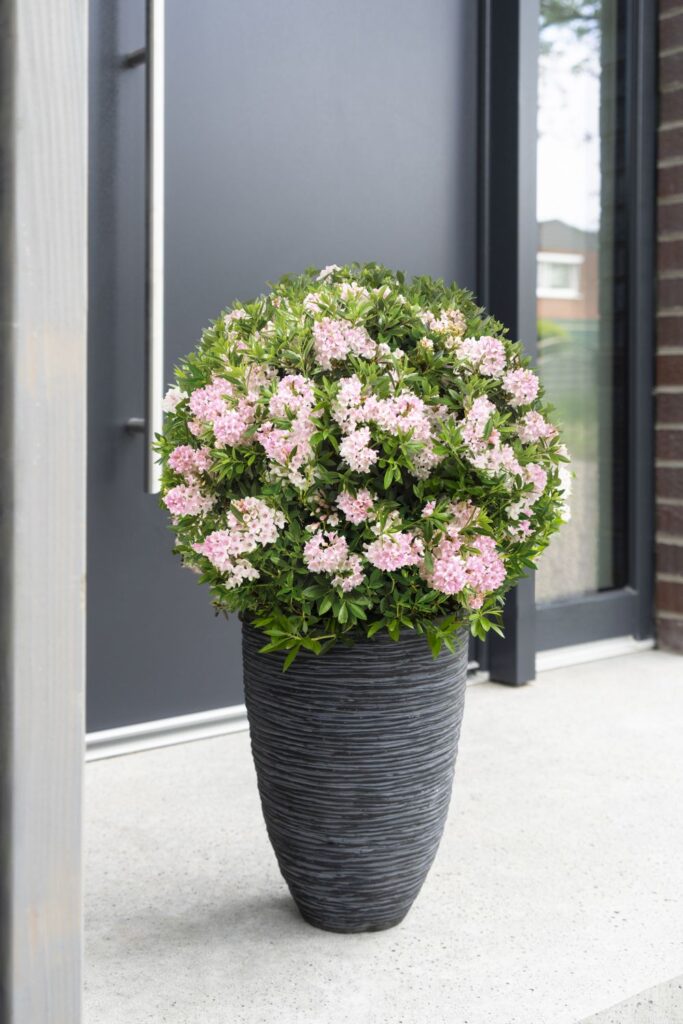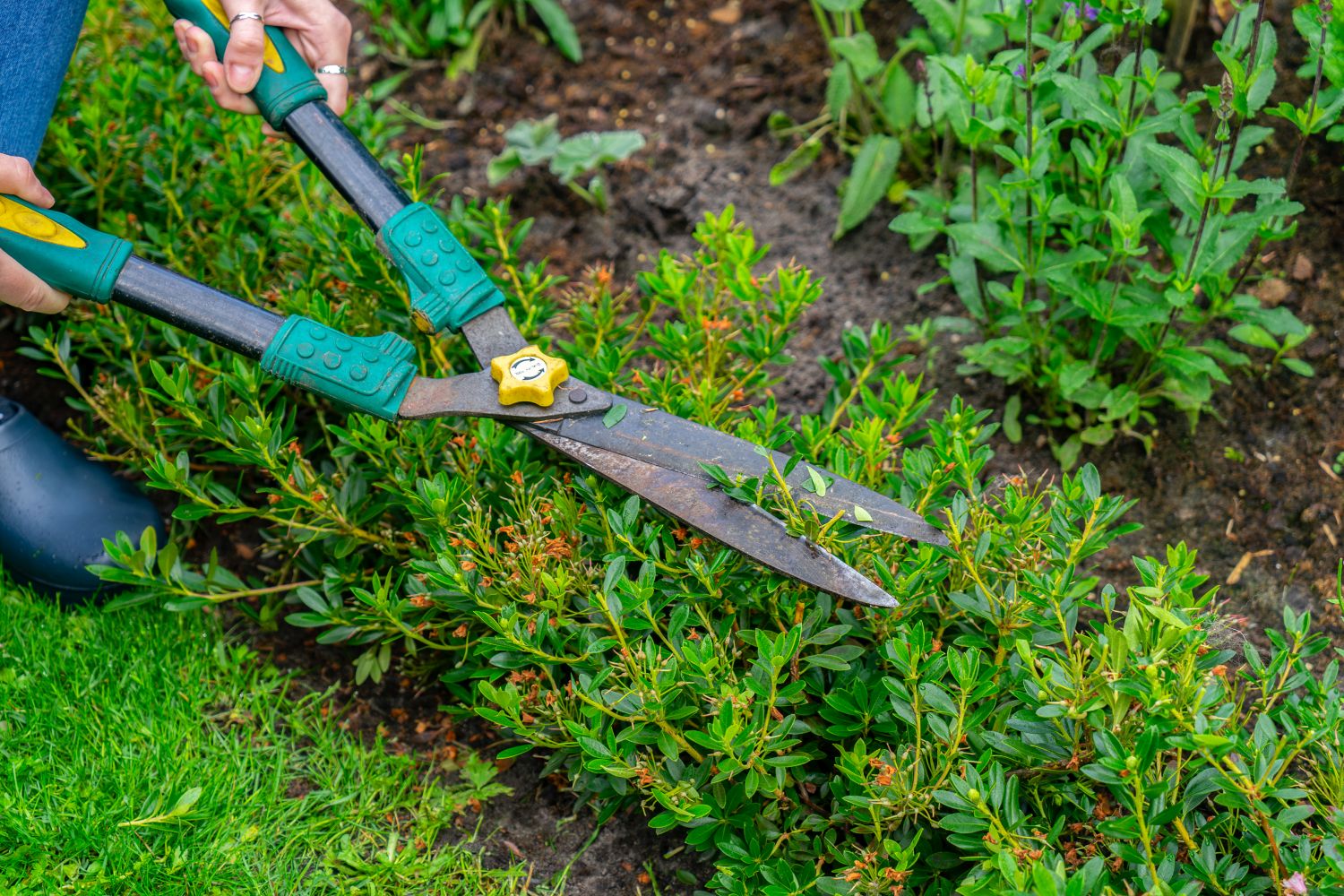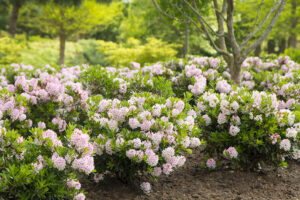It’s often a challenge to know when and how to achieve the perfect trim for plants in the garden, especially for gardening novices. While pruning some plants can be quite tricky, trimming the popular boxwood alternative, Bloombux, is simple and easy for beginners to carry out.
Not only does Bloombux stand out for its low-maintenance qualities, resistance to boxwood pests and diseases, and compact growth, it is also highly tolerant of pruning and easy to shape due to its low final height of around one meter. The best time for pruning is in June and July, and ideally no later than August. After this, it’s best not to trim, as you could accidentally cut off the flower buds for the following year. In June and July, however, Bloombux hasn’t yet set its buds, making it the perfect time for shaping.

It’s important to note that the small buds develop just below the leaf tuft, so when pruning, it’s best to cut just above them to preserve the buds. Make angled cuts to help water drain off more easily from the cut surfaces. For fine cuts, use a small hedge trimmer or pruning shears, while an electric hedge trimmer can be used for more substantial shaping. In any case, the gardening tool should be sharp and clean to avoid spreading diseases.
For those aiming to shape Bloombux into a sphere, it may take some practice, but here’s a handy tip: it’s easier with a cardboard template that you can easily make yourself.
Hold the template up to the Bloombux sphere from different sides with one hand, and carefully cut along the curve with the other hand to shape it. A one-handed tool, like shrub shears, works best for this type of template-guided trim. Experienced gardeners who feel comfortable shaping without a template should prune the Bloombux from a top-down view, working in a circular pattern to achieve even, rounded shapes.













